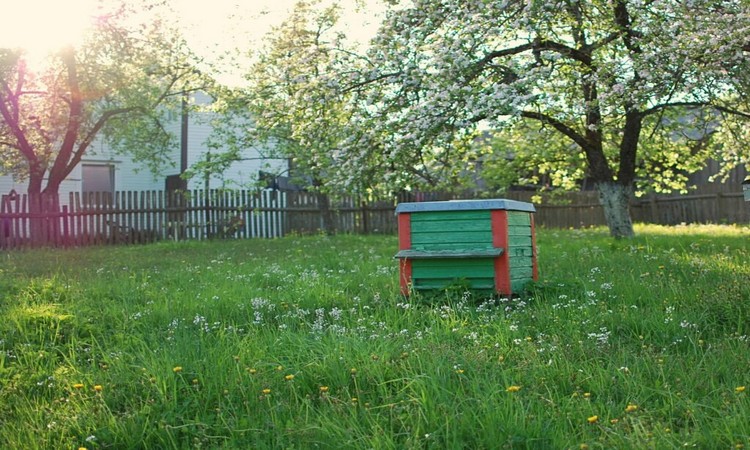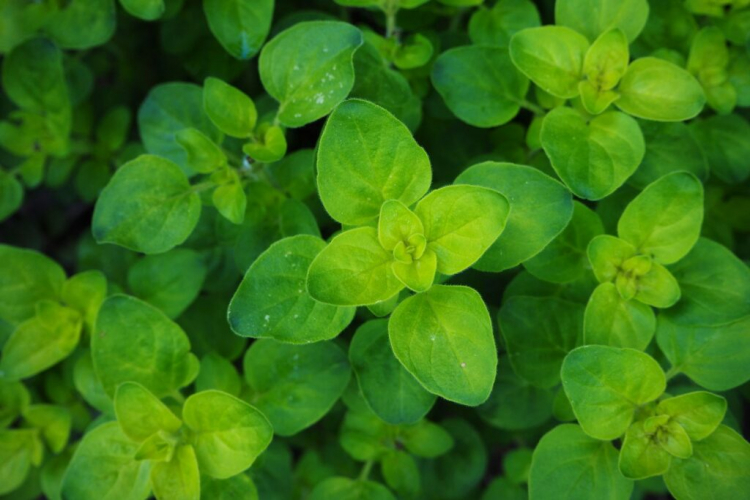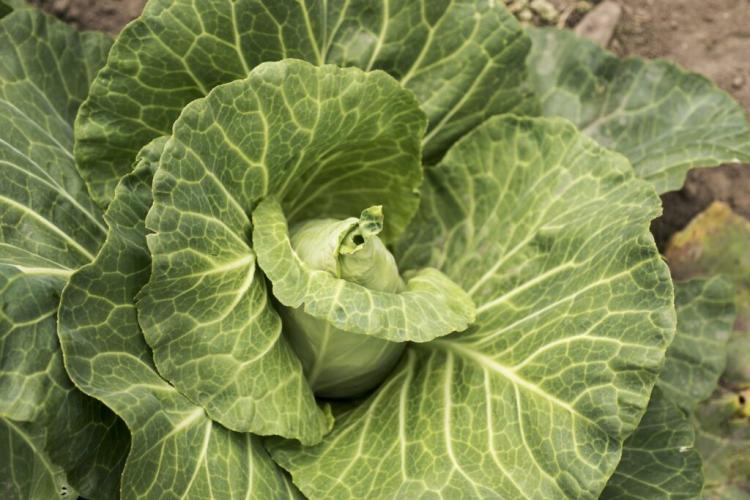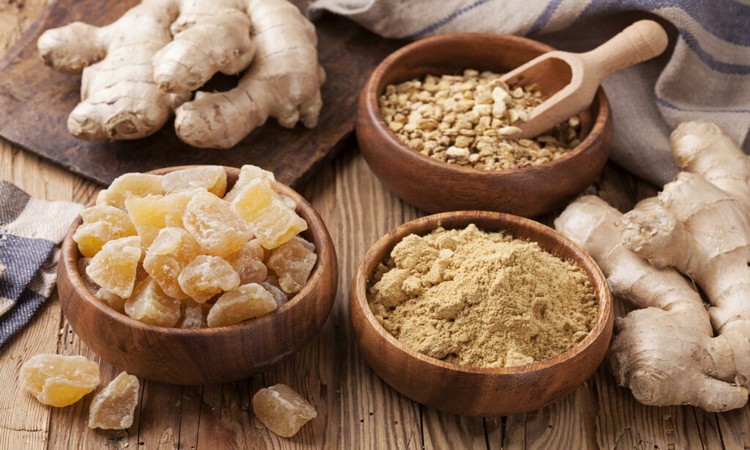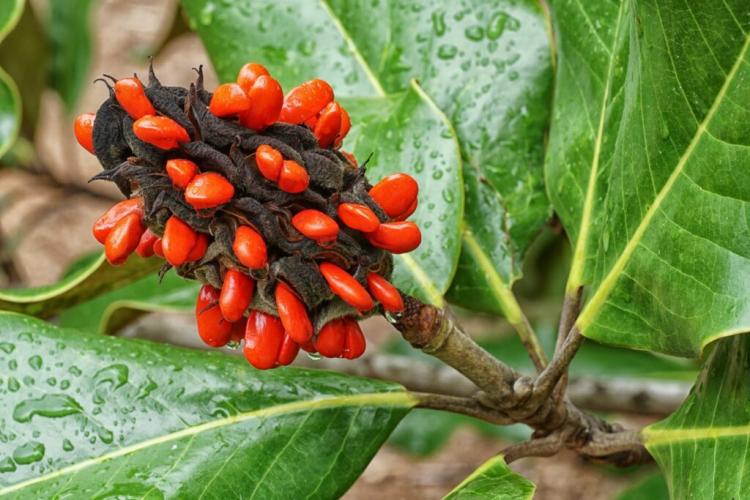Harvesting Basil: Professional Tips On Procedure And Storage
Basil is not only popular in Italian cuisine – we also use the herb a lot. We show what you have to consider when harvesting and how to store basil properly and make it durable.
Whether in the classic green pesto, on the pizza, or in a cocktail – there is hardly any herb that we associate so much with summer and Mediterranean flair as basil ( Ocimum basilicum ). It shouldn’t be missing in any herb garden. And if you don’t have a garden, you can still look forward to basil in a pot on the windowsill or in the balcony box. However, the demanding herb can be a real diva and needs to be treated correctly in cultivation, care, and harvesting. So that you don’t go wrong with the harvest and can harvest fragrant, green leaves for as long as possible, we will tell you everything about the correct harvest and storage of Ocimum basilicum.
When is the best time to harvest basil?
Table of Contents
When properly grown and cared for, basil can be harvested year-round. Perennial varieties even survive winter and can provide some aromatic leaves for the kitchen even in the cold months. However, the growth of the herb is greatly reduced in the cold winter months, and significantly less should be harvested. It is therefore advisable to leave the basil alone in winter as much as possible and to refrain from harvesting. Some basil varieties are only grown for a one-year cultivation period. These usually thrive from April to October and can be harvested during this period. After that, they usually die.
Overview: when is basil harvested?
- Perennial varieties: all year round (under optimal conditions)
- Annual varieties: April – October
Harvest and pick basil properly
No matter how tempting it may seem, simply pluck individual leaves from the basil: Annual, unwooded basil should never be harvested because with this technique the shoots die quickly, and the aromatic herb withers. To ensure a long life for your basil, you should only harvest the tips of the shoots. To do this, you can simply pinch off the stems above the last pair of leaves with your fingers or cut them off with scissors. New shoot axils will now develop from the leaf axes and the basil can thrive even more splendidly.
Another advantage of this harvesting technique is that flower formation is delayed, which extends the harvest time of the aromatic basil leaves. Of course, basil can still be harvested when it is in bloom; however, the flowers change the aroma of the plant. Perennial shrub basil forms strong shrubs with woody stems. Individual leaves can also be plucked from this basil bush. Because in contrast to the tender annual basil, the shrub basil can handle the harvesting of individual leaves much better.
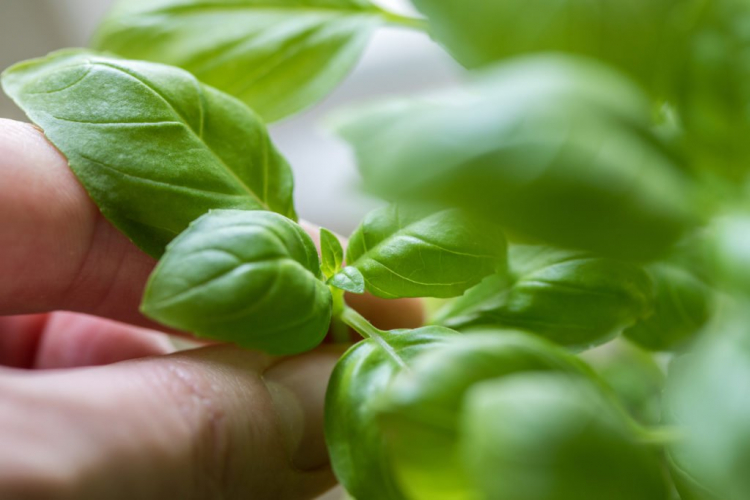
Overview: How is basil harvested?
- Do not pluck individual leaves from annual, non-woody varieties
- Pick or cut off the shoot tips
- To do this, pinch or cut off the stems just above the topmost leaf branch
- New side shoots then develop from the leaf axils
- Individual leaves can also be plucked from woody shrub basil
You might so like: Harvesting Lettuce Leaves: Grow Timing And Procedure
Store, preserve, and preserve basil
The harvest-fresh use of basil is ultimately unbeatable. It is also a good idea to chop the freshly harvested basil leaves and soak them in olive oil to preserve the aromatic taste of the herb for a few months. The basil oil can then be used for cooking or for salad dressings. You can also make basil very durable by processing the freshly harvested leaves into pesto. Other ways to preserve basil for longer are soaking them in salt or in white wine vinegar.
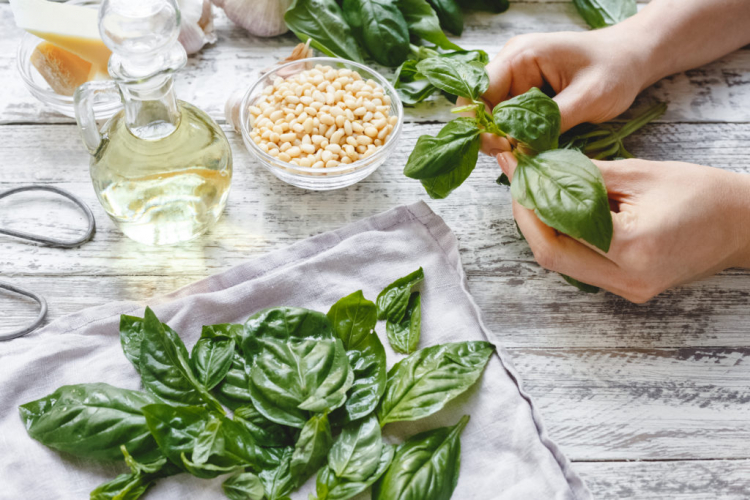
Ways to preserve basil:
- Soak in olive oil
- Process into pesto
- Soak in salt
- Soak in white wine vinegar
- Freeze
- dry
Freeze the basil
A common question is whether you can freeze basil. The simple answer to this question is: yes, basil can be frozen. However, basil loses its aroma in the freezer and becomes slightly mushy and brown. To counteract this, there are various ways to optimize the freezing of basil. One variant is to blanch the leaves before freezing them. This way they keep their aroma and color better.
Another tried and tested method is to put the leaves of the aromatic herb in the freezer along with water. For example, the leaves can be frozen in ice cube molds so that they can be easily portioned. They are also ideal for cocktails. Last but not least, basil can also be frozen as a pesto. The extra oil and salt retain the aroma and the pesto will last longer in the freezer.
You might so like: Laurel: The Warmth-Loving Spice Bush In Portrait
How can you freeze basil?
- Freeze fresh leaves
- Blanch and freeze the basil
- Freeze together with water
- Freeze basil as a pesto
Dry the basil
Again and again, we hear that basil can be dried very well. However, the air-drying process is not particularly suitable for this herb. The degradation of the taste-giving essential oils is simply too great in basil due to dehydration. The dried basil tastes like almost nothing anymore. In general, the faster the drying process, the greater the loss of taste. Nevertheless, dried basil can be used as a spice or to refine herbal salt.

How do you dry basil?
- In a dry, dark place
- Hang whole stems upside down
- The herb is well dried in 2 weeks
- Alternatively, dry in the oven or automatic dehydrator

